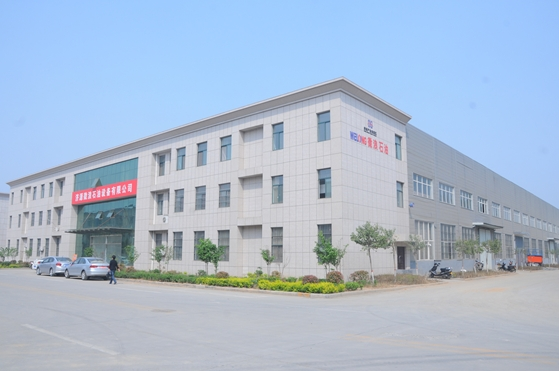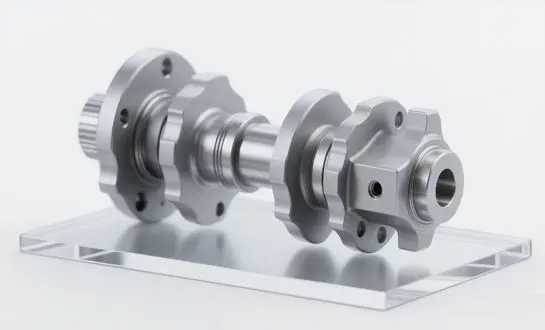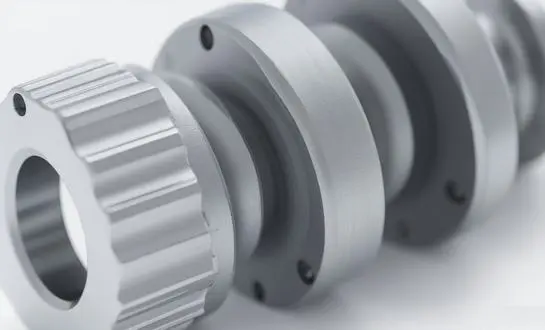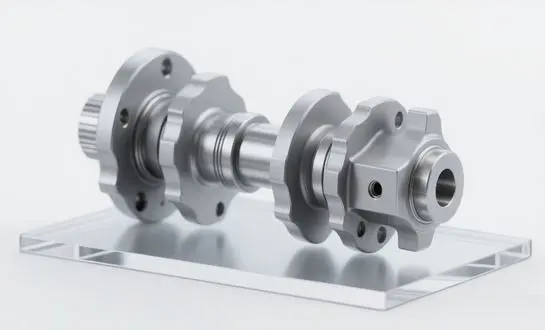Key Factors in Oilfield Equipment Assessment
Operational Requirements and Well Characteristics
Take into account the particulars of your activities and the features of your wells as you assess the equipment demands for your oilfield. The optimal apparatus for your location is highly dependent on variables including well depth, pressure, temperature, and fluid composition. For example, solutions that are more lightweight and portable may be more suitable for shallow wells, but specialised equipment that can endure harsh conditions may be necessary for high-pressure, high-temperature (HPHT) wells.
Production Goals and Scalability
The evaluation of your equipment should also be guided by your production goals and plans for future expansion. Think about what you need now, but also what you could need in the future as your business grows or changes. The long term may be more favourable to investing in equipment that is scalable, meaning it can handle additional output or adjust to different well conditions. With this kind of planning, you can be certain that your oilfield machinery will continue to serve you well as your needs change.
Regulatory Compliance and Safety Standards
In Oilfield Equipments, compliance with industry safety standards and regulations is non-negotiable. Before making a purchase, check that the item has the necessary safety certifications and complies with all environmental rules. By doing so, you are protecting your employees, the environment, and your business from any legal and financial liabilities that may arise from failing to comply.
Matching Equipment to Specific Well Conditions
Reservoir Characteristics and Fluid Properties
The characteristics of the fluids you are extracting and the kind of reservoir you have are two of the most important considerations when choosing oilfield equipment. Specialised sand control equipment, for instance, may be necessary to avoid production problems and equipment damage in wells that have a high concentration of sand. Equipment for wells that produce fluids with significant levels of corrosion should also be constructed from materials that are resistant to chemical deterioration. When you know what to expect from your well's environment, you can choose equipment that will last.
Artificial Lift Requirements
To keep output levels constant as wells age and natural pressure drops, artificial lift devices are required. It is essential that you include an evaluation of the kind and need of artificial lift equipment in your assessment process. Depending on the properties of your well and your production objectives, you may want to think about gas lift systems, electric submersible pumps (ESPs), or rod pumps. For advice on which artificial lift options would work best for your application, go to a seasoned oilfield equipment manufacturer.
Surface Facilities and Processing Equipment
When making your decision, be sure to factor in the surface facilities and processing equipment. The extraction, processing, and storage of the hydrocarbons rely on these systems. Before you choose a separator, storage tank, or treatment unit, think about the water content, gas-oil ratios, and projected flow rates. Your production productivity and product quality might be greatly affected by inefficient surface equipment.
Cost-Benefit Analysis of Upgrading Oilfield Machinery
Operational Efficiency Gains
When considering upgrades to your oilfield equipment, it's essential to quantify the potential efficiency gains. Modern equipment often offers improved performance, reduced downtime, and enhanced automation capabilities. Calculate the expected increase in production or reduction in operating costs that new equipment could provide. This analysis should include factors such as increased well uptime, reduced maintenance requirements, and improved energy efficiency.
Long-Term Cost Savings
While the initial investment in new oilfield machinery can be substantial, it's important to consider the long-term cost savings. Advanced equipment often comes with lower maintenance requirements, longer lifespans, and improved fuel efficiency. Additionally, newer equipment may offer better warranty coverage and support from the oilfield equipment manufacturer, potentially reducing your overall operational risks and associated costs.
Technology Integration and Data Analytics
Modern sensors and data gathering capabilities are commonplace on oilfield equipment. Prescient support, real-time execution observing, and data-driven decision-making are all made conceivable by means of this innovative integration, which may give vital experiences into your operations. When you're looking at modern hardware, think almost how these innovation changes may offer assistance you run your operations more proficiently and make way better choices around your oilfield resources.
Conclusion
A number of elements must be carefully considered in order to complete the complicated but critical process of evaluating your equipment requirements for oilfield operations. You may maximise production efficiency and cost-effectiveness by making educated selections after carefully evaluating your operating needs, well features, and long-term objectives. Keep in mind that working with a trustworthy oilfield equipment manufacturer can provide invaluable guidance and assistance throughout this assessment, helping you choose the best equipment for your specific requirements.
Keeping up with the newest tech developments and industry best practices is crucial in the ever-changing oil and gas business. Keeping ahead of the competition and able to respond to shifting market circumstances requires regular evaluation of your equipment requirements. Maximising the value of your oilfield assets and driving sustainable development in your operations are both made possible by seeing equipment assessment as a continuous activity rather than a one-time occurrence.
FAQ
1. How often should I evaluate my oilfield equipment needs?
It's recommended to conduct a comprehensive evaluation of your oilfield equipment needs at least annually. However, more frequent assessments may be necessary if you experience significant changes in production targets, well conditions, or regulatory requirements.
2. What are the key indicators that I need to upgrade my oilfield equipment?
Key indicators include increasing maintenance costs, frequent breakdowns, inability to meet production targets, and equipment that no longer complies with current safety or environmental regulations. Additionally, if you're unable to integrate new technologies or improve operational efficiency with your existing equipment, it may be time for an upgrade.
3. How can I ensure I'm getting the best value when purchasing new oilfield equipment?
To ensure the best value, research multiple oilfield equipment manufacturers, compare specifications and prices, and consider the total cost of ownership, including maintenance and operational costs. Additionally, seek references from other operators and consider equipment trials or demonstrations before making significant purchases.
Optimize Your Oilfield Operations with Welong's Expert Equipment Solutions
Ready to take your oilfield operations to the next level? As a leading oilfield equipment manufacturer, Welong offers customized solutions tailored to your specific well conditions and production goals. Our ISO 9001:2015 and API 7-1 certified products ensure uncompromising quality and reliability. With our comprehensive range of oilfield equipment and expert support, you can streamline your operations, increase productivity, and reduce downtime. Don't let outdated or inadequate equipment hold you back. Contact Welong today at oiltools15@welongpost.com to discuss how we can optimize your equipment strategy and drive your success in the oil and gas industry.
References
1. Smith, J. (2024). "Advanced Oilfield Equipment Selection Strategies." Journal of Petroleum Technology, 76(3), 45-52.
2. Johnson, R., & Williams, T. (2023). "Cost-Benefit Analysis of Modern Oilfield Machinery." Oil & Gas Journal, 121(8), 62-69.
3. Brown, A. (2025). "Artificial Lift Systems: Matching Technology to Well Characteristics." SPE Production & Operations, 40(2), 187-195.
4. Davis, M., & Thompson, K. (2024). "Regulatory Compliance in Oilfield Equipment: A Comprehensive Guide." Energy Policy, 158, 112547.
5. Lee, S., & Garcia, R. (2023). "Data Analytics and IoT Integration in Modern Oilfield Operations." Journal of Petroleum Science and Engineering, 215, 110354.
6. Anderson, P. (2025). "Environmental Considerations in Oilfield Equipment Selection." Environmental Science & Technology, 59(11), 6721-6730.





